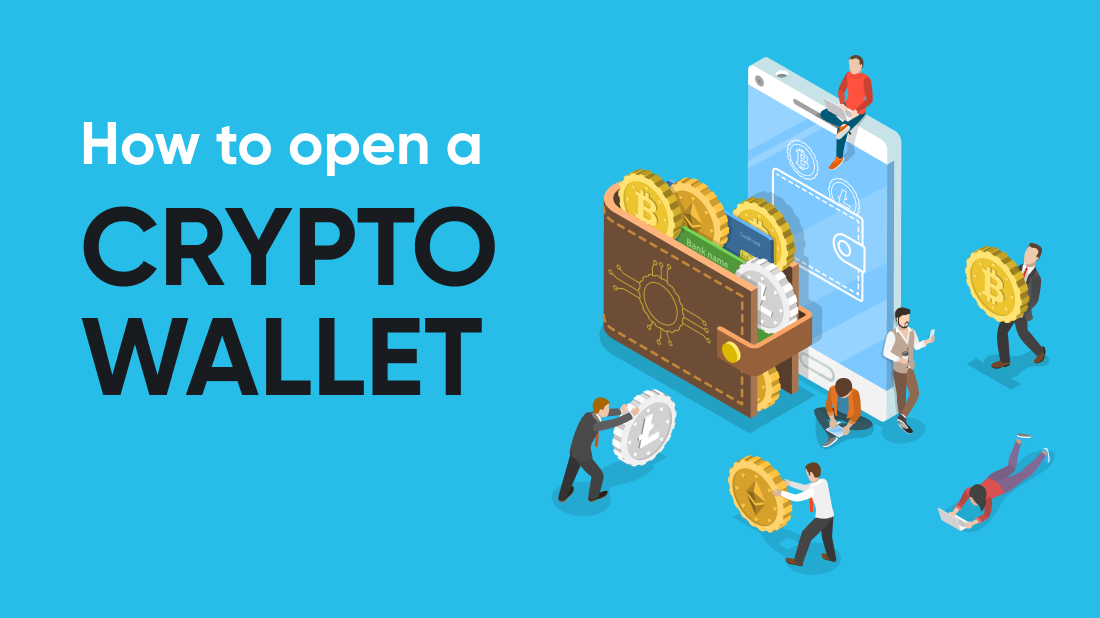If you’re new to cryptocurrency, one of the first things you’ll need is a crypto wallet. A crypto wallet is a secure place to store, send, and receive digital currencies like Bitcoin or Ethereum. Think of it as a digital bank account, but with more control and responsibility. This beginner-friendly guide will walk you through the process of setting up your first crypto wallet, step by step, in simple terms. Let’s dive in!
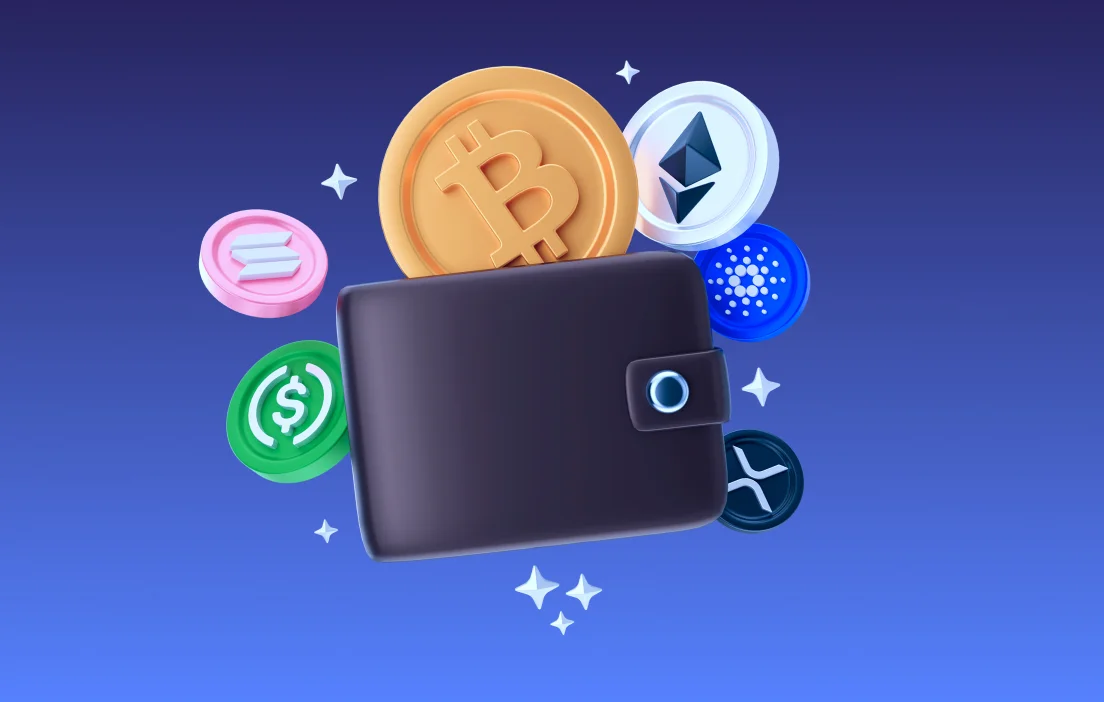
What Is a Crypto Wallet?
A crypto wallet is a tool—either software or hardware—that stores the private and public keys needed to interact with your cryptocurrencies. These keys are like the passwords and account numbers for your digital assets. Without a wallet, you can’t access or manage your crypto. Wallets come in two main types:
- Hot Wallets: Software-based wallets connected to the internet (e.g., mobile apps or browser extensions). They’re convenient but less secure.
- Cold Wallets: Hardware-based wallets or paper wallets that are offline. They’re more secure but less convenient for frequent use.
For beginners, a hot wallet is often the easiest starting point, but we’ll cover both options.
Why You Need a Crypto Wallet
When you buy cryptocurrency on an exchange like Coinbase or Binance, your coins are often stored in the exchange’s wallet. However, leaving your crypto on an exchange can be risky—if the platform gets hacked or shuts down, you could lose your funds. A personal crypto wallet gives you full control over your assets and enhances security. Plus, wallets let you send crypto to others, pay for services, or interact with blockchain apps.
Step-by-Step Guide to Setting Up a Crypto Wallet
Follow these steps to set up your first crypto wallet. We’ll focus on a software wallet for simplicity, but we’ll also touch on hardware wallets for those interested in extra security.
Step 1: Choose the Right Wallet for You
There are many wallets to choose from, each with different features. Here are some beginner-friendly options:
- MetaMask: A popular browser extension and mobile app for Ethereum and ERC-20 tokens.
- Trust Wallet: A mobile app that supports multiple cryptocurrencies, ideal for beginners.
- Coinbase Wallet: A standalone app (separate from the Coinbase exchange) that’s user-friendly.
- Ledger Nano S/X: A hardware wallet for those prioritizing security (requires purchase).
For this guide, we’ll use Trust Wallet as an example because it’s free, easy to use, and supports many coins. Visit Trust Wallet’s official website to download it.
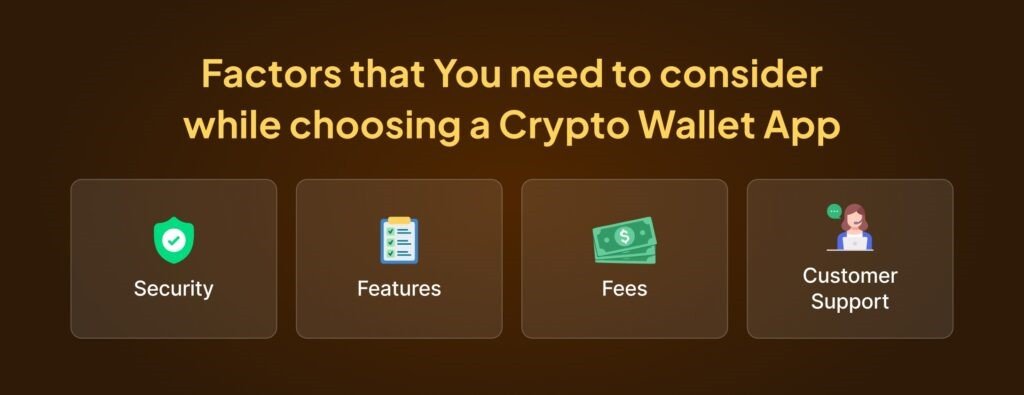
Step 2: Download and Install the Wallet
Go to the official Trust Wallet website or your device’s app store (Google Play or Apple App Store) to download the app. Avoid third-party websites to prevent downloading malicious software. Install the app on your smartphone or tablet, and open it to begin the setup process.
Important: Only download wallets from trusted sources to avoid scams.
Step 3: Create a New Wallet
When you open Trust Wallet, select “Create a New Wallet.” The app will generate a unique seed phrase (also called a recovery phrase), which is a list of 12 or 24 random words. This phrase is critical—it’s the only way to recover your wallet if you lose access to your device.
- Write down the seed phrase on paper and store it in a safe place (like a locked drawer or safe).
- Never store it digitally (e.g., in a screenshot or email), as hackers could access it.
- Never share your seed phrase with anyone, even if they claim to be from the wallet’s support team.
After writing down the seed phrase, the app will ask you to verify it by entering the words in the correct order. This ensures you’ve backed it up properly.
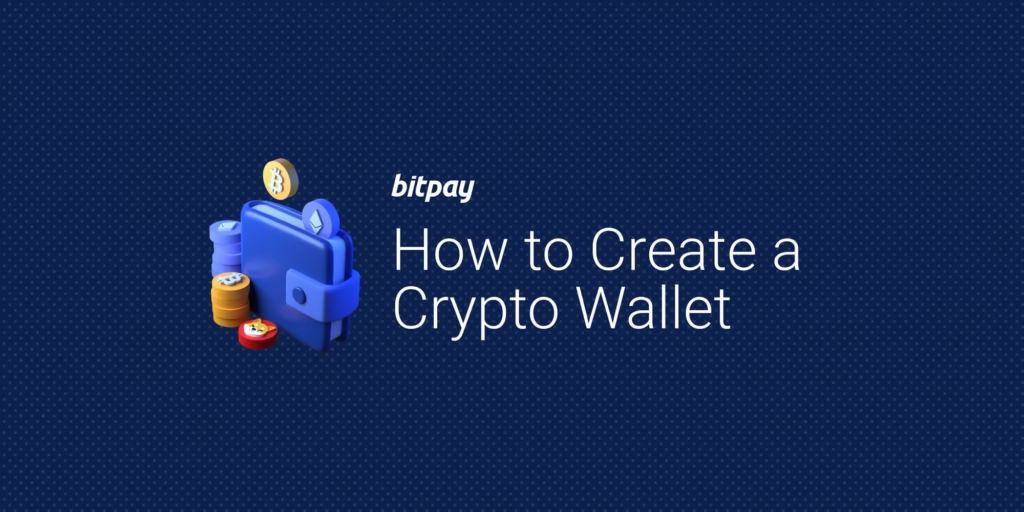
Step 4: Set a Strong Password
Trust Wallet will prompt you to set a password or enable biometric authentication (like fingerprint or face ID). Choose a strong, unique password that you don’t use elsewhere. This password protects access to the app on your device, but it’s separate from your seed phrase.
Step 5: Add Cryptocurrencies to Your Wallet
Once your wallet is set up, you’ll see a list of supported cryptocurrencies. By default, Trust Wallet enables popular coins like Bitcoin, Ethereum, and Binance Coin. You can add more by searching for the coin and toggling it on.
To fund your wallet, you’ll need to transfer crypto from an exchange or another wallet. Here’s how:
- Open Trust Wallet and select the cryptocurrency you want to receive (e.g., Bitcoin).
- Tap “Receive” to view your wallet’s public address (a long string of letters and numbers).
- Copy the address and paste it into the “Send” section of your exchange or another wallet.
- Double-check the address before sending—crypto transactions are irreversible!
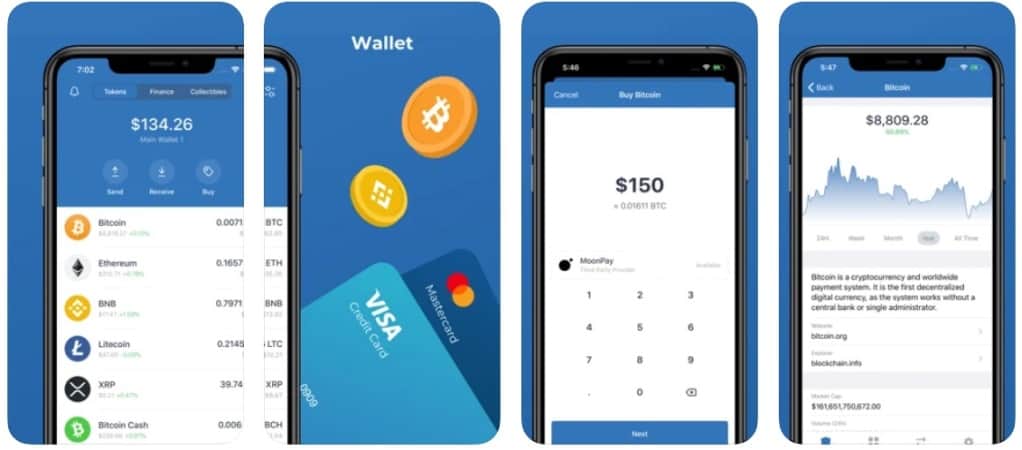
Step 6: Test Your Wallet
Before transferring large amounts, send a small test transaction (e.g., $5 worth of crypto) to ensure everything works correctly. Once the funds appear in your wallet, you’re ready to use it for storing, sending, or receiving crypto.
Hardware Wallets: A Safer Option
If you plan to hold a large amount of cryptocurrency, consider a hardware wallet like Ledger or Trezor. These devices store your private keys offline, making them nearly immune to hacks. To set up a hardware wallet:
- Purchase a device from the official website (e.g., Ledger).
- Follow the setup instructions to generate a seed phrase.
- Transfer crypto from an exchange to the wallet’s address.
Hardware wallets cost money (typically $50–$150), but they’re worth it for long-term storage.
Tips for Keeping Your Wallet Safe
Crypto wallets give you control, but they also come with responsibility. Here are essential safety tips:
- Backup Your Seed Phrase: Store it in multiple secure locations (e.g., a safe and a safety deposit box).
- Beware of Scams: Never click on suspicious links or share your seed phrase. Legitimate wallet providers won’t ask for it.
- Update Your Wallet: Keep your wallet app or device firmware up to date to protect against vulnerabilities.
- Use Trusted Networks: Avoid accessing your wallet on public Wi-Fi or untrusted devices.
What to Do After Setting Up Your Wallet
Congratulations—you’ve set up your crypto wallet! Here are some next steps:
- Explore Wallet Features: Many wallets, like Trust Wallet, let you buy crypto directly or interact with decentralized apps (dApps).
- Learn About Crypto: Check out beginner resources on sites like CoinDesk.
- Stay Informed: Follow crypto news on platforms like CoinGecko or join communities on Reddit’s r/cryptocurrency.
Conclusion
Setting up a crypto wallet is a crucial step for anyone entering the world of cryptocurrency. By choosing a reliable wallet, securing your seed phrase, and following best practices, you can safely store and manage your digital assets. Whether you start with a software wallet like Trust Wallet or invest in a hardware wallet, you’re now equipped to take control of your crypto journey. Get started today and explore the exciting possibilities of decentralized finance!

